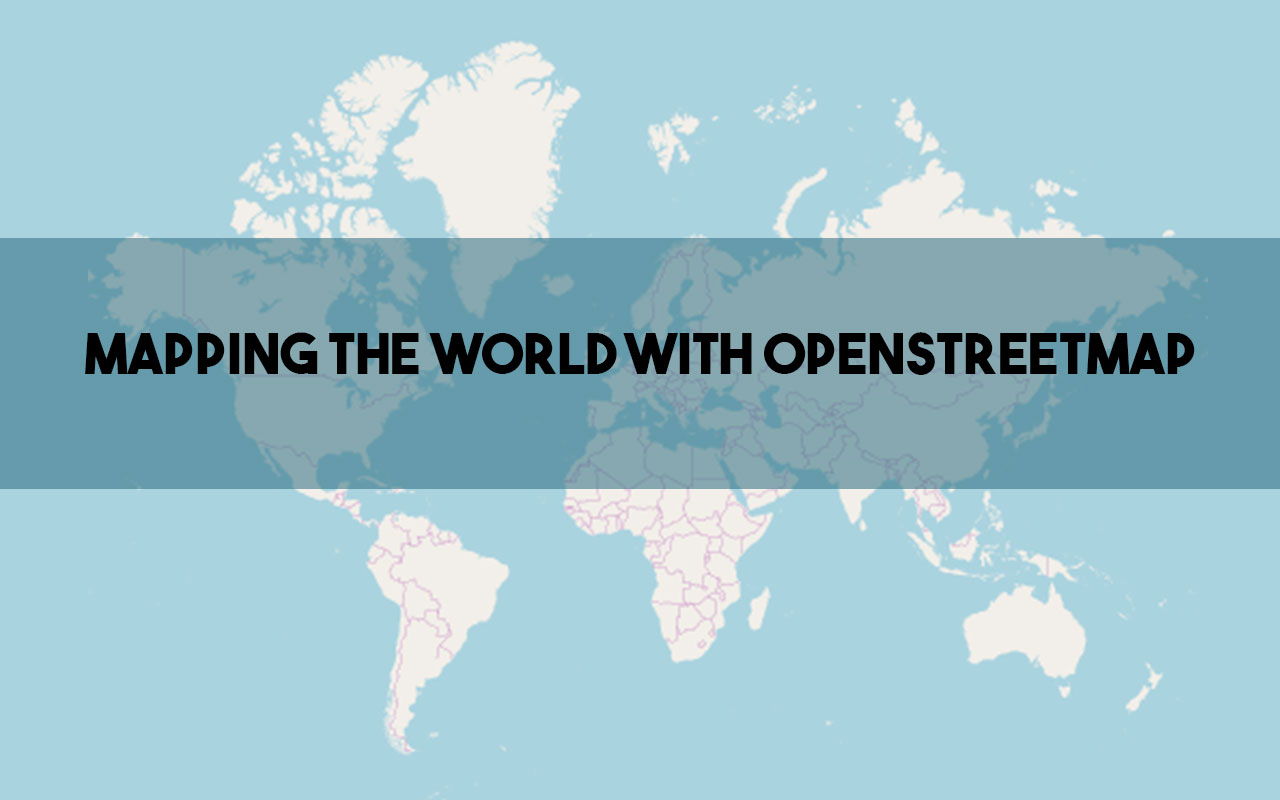OpenStreetMap (OSM) is supported by OpenStreetMap Foundation, is an open source project maintained by the OpenStreetMap Community that provides free editable maps of the whole world. OSM motivation was to make a restriction free mapping solution that may be used for business and non-commercial usage without any limitation.
The data generated by the OpenStreetMap Project is taken into account its primary output. The OpenStreetMap data is available for use in both traditional applications, like its usage by Craigslist, OsmAnd, Geocaching, and Foursquare, etc. to replace Google Maps and replacing the default data included with GPS receivers.
In 2012, Google Maps raises pricing for using their API services, this led many websites to switch from Google Maps to OpenStreetMap and other competitors. Foursquare, Craigslist were the first to move, who adopted OpenStreetMap, and Apple, which launched a self-built mapping platform.
History of OpenStreetMap
The Project was founded in 2004 by Steve Coast as a non-profit organization, initially focusing on mapping the United Kingdom. The OpenStreetMap Foundation was established in April 2006, for the development and distribution of free to use geospatial data of the whole world and provide these free data to anybody for use and share as per requirement.
Yahoo Inc, encourages OpenStreetMap in December 2006, by allowing to use its aerial photography for map production. In 2006 First Offline OpenStreetMap Editor launched named “JOSM”.
In October 2007, US Census TIGER road dataset made available and Oxford University became the first major organization to use OpenStreetMap their main website.
OSM Data format
OpenStreetMap uses a topological data structure, elements are the core components:
- Nodes are points features, stored as pairs of coordinates (latitude and longitude) Point Features are used to represent map features, such as points of interest or depth, well etc.
- Ways represent a polyline, or a polygon feature if they form a closed loop. They are used for representing linear features such as streets and rivers, and as well as areas, like Building Footprints, parks, and lakes.
- Relations used to explain how other features or elements work together, where each member can optionally have a “role” within the relations. Examples route relations form a highway, turn restrictions on that particular highway. Relations can have multiple meanings, thus each relation’s meaning will be defined by its “Tag”.
- Tags All types of data element will have Tags, they are defined as key-value pairs. A Tag is used to store metadata about the map objects (such as their type, their name, and their physical properties). Tags are always attached to an object: to a node, a way or a relation.
Advantages and Disadvantages of OpenStreetMap – OSM
It is one of the most well-known and most complete existing so far mapping services. Some of the main Advantages of OSM include:
- Free, OSM is licensed under Creative Commons Attribution-ShareAlike 2.0 (CC BY-SA) which allows a user to download, copy, modify, and include it in other projects.
- Restriction, User have to pay to use google map services, while in OSM it’s provided free and without any restrictions.
- Customization, It can be used with a third-party application for customization.
- Effective, A group of Volunteer Developer is constantly working on adding features to services.
- Flexibility, User can insert any new feature instantly using OpenStreetMap with a few clicks and it gets reflected within a short time.
Some of The Main Challenges of OpenStreetMap – OSM
- Manipulation, each registered OSM user can make changes to the map, there is no automatic mechanism against errors or misuse.
- Completeness, because the OSM are participation project, this enables the maps to be very detailed in the population centers in contrast to the rural areas.
- Quality Checks, No systematic quality check performed on OSM data. The user uses the data at their own risk.
OSM Map Production
Map data is collected and captured from scratch by volunteers by performing ground surveys using GPS devices, notebook and digital camera.
These collected data is then entered into the OpenStreetMap database. Mapping competition (Mapathon) are also held by OpenStreetMap Foundation and other non-profit organizations to map a particular area.
The availability of aerial photography and different information from commercial and government sources has further added an important sources of data for manual editing and automated data imports.
Software for Editing OpenStreetMap – OSM
As OpenStreetMap is an open platform with and editing API (Application Programming Interface), there are many editors available to choose from.
Editing of maps can be done using the default web browser editor called iD.
iD is an Online Editor for OpenStreetMap. It is currently the default editor for OpenStreetMap under Edit tab. It doesn’t require a flash plugin as it is created using JavaScript and work in most modern web browsers.
The earlier Flash based application Potlatch is retained for beginners. It requires a Flash Plugin in the browser.
JOSM and Merkaartor are more powerful desktop editing application and offers a large set of features for editing. These application allow users to use Aerial imagery as a background for tracing the feature. Once the user completed the edits, it can be uploaded to OSM.
Vespucci is a first and only full featured editor for Android, it was released in 2009. StreetComplete is new Android app launched in 2016, it allows users to add some specific information without any OpenStreetMap knowledge. It provides ability to edit data without internet connection.
OsmAnd is a navigation app which allows users to add, delete and update POIs data. It’s fully offline application and supports Notes.
Website: https://www.openstreetmap.org/
